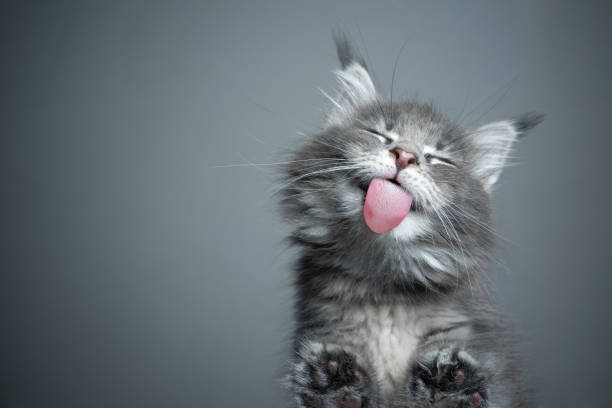Clumping vs. Non-Clumping Cat Litter: What's the Difference?
Wiki Article

Selecting the ideal cat litter for your feline friend can be an overwhelming job offered the myriad of choices offered on the market. This comprehensive guide will explore the different types of cat litter, their advantages, drawbacks, and whatever in between to help you make an informed choice.
The material of the cat litter plays a crucial function in its effectiveness. Common products include clay, silica gel, recycled paper, wood, corn, wheat, and walnut shells. Each product offers unique benefits and prospective downsides.
Clay-based litters are the most conventional and extensively used due to their high absorbency and clumping capabilities, which make clean-up simpler. Nevertheless, they can be dusty and may not be the finest option for felines or humans with breathing issues. Silica gel crystals are extremely absorbent, control odors successfully, and are low maintenance given that they don't require to be altered as often. Nonetheless, they can be more pricey and some cats might not like the texture. Eco-friendly litters, made from recycled paper, wood, corn, wheat, and walnut shells, are environmentally friendly alternatives. They are typically dust-free and great for cats with allergic reactions, but their smell control and clumping capabilities differ widely.
The choice in between clumping and non-clumping litter is significant. Clumping litter types strong masses when wet, making it easy to dig urine and feces, hence preserving a tidy litter box. Non-clumping litter absorbs moisture however does not form clumps, which may result in more regular changes of the entire litter box.
Smell control is a leading priority for a lot of feline owners. Litters are often infused with baking soda or charcoal to reduce the effects of smells. Preserving a fresh litter box likewise needs regular scooping, ideally two times a day, and following the maker's guidelines for changing the litter and cleaning up package.
The health of your cat and the environmental effect of the litter are also essential elements. Dust-free or low-dust alternatives are better for respiratory health. Naturally degradable litters use an environmentally friendly option to clay, which is strip-mined and not eco-friendly. In addition, it's essential to be knowledgeable about any allergic reactions Bamboo Cat Litter your feline may have to certain materials.
Expense is an essential consideration, as the cost of cat litter can differ substantially. While silica gel and some biodegradable litters may be more costly upfront, their longevity can provide cost savings in the long run. Alternatively, clay litter is typically cheaper but requires more frequent replacement.
Ultimately, the best cat litter is one that suits both your and your cat's preferences Recycled Paper Cat Litter and needs. It may take some experimentation to find the perfect match. Take note of your cat's behavior and comfort, in addition to the litter's performance in terms of odor control, absorbency, and maintenance.
Choosing the right cat litter contributes significantly cat litter scooper to your cat's health, joy, and the tidiness of your home. By thinking about the product, clumping capability, smell control, health effects, environmental impacts, and cost, you can make an informed decision that benefits both you and your furry buddy. Keep in mind, what works finest for one cat may not suit another, so be willing to experiment until you discover the perfect service.